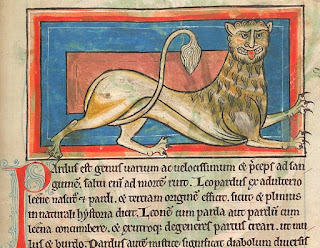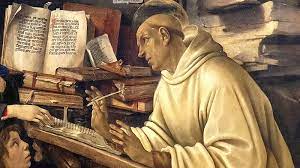He went through Italy, visiting Pope Gregory X, whom he had known as Teobaldi Visconti on Crusade. He visited his uncle, Philip I, to receive homage from him. He in turn traveled through France and paid homage to Philip III for Edward's domains there. He spent time in the Duchy of Gascony, suppressing a rebellion and taking stock of his feudal possessions.
He arrived in England on 2 August 1274, almost two years after Henry's death. He had already been proclaimed king upon his father's death, so the coronation on 19 August was a formality. Once he was officially crowned, he removed the crown, announcing his intention not to don it again until he had reclaimed all the lands that his father had lost.
As in Shakespeare's Henry V, "the courses of his youth promised it not." The stories of a callow teen gave way to an able administrator and a devoted and gentle family man, though not without bouts of temper and intimidating behavior. He was a good and chivalrous soldier, and a pious churchgoer with particular devotion to the Virgin Mary and Saint Thomas Becket. Despite his piety, however, he still clashed with the archbishops of Canterbury and with the popes over the question of taxing the churches.
He had a particular interest in the legend of King Arthur, visiting the "grave" of Arthur and Guinevere at Glastonbury Abbey to underscore to the Welsh that Arthur was not returning to lead them. He held two Round Table events with feasting and tournaments.
He maintained correspondence with the Mongol Empire—still smarting from their overthrow in the Middle East by the Mamluks—promising to go on Crusade again with them if the pope approved. Further Crusades were also inhibited by potential wars on the continent, in which Edward took a hand in negotiating truces. When a Tenth Crusade might have been implemented, news came of the fall of Acre in 1291, and crusading fever abated.
Mindful of the unrest during his father's reign that led to rebellions and the Second Barons' War, he undertook an overhaul of the administrative systems, and ordered an inquest of the entire country, inviting complaints about abuse by royal officials. The resulting records, called the Hundred Rolls, were like a second Domesday Book, and became a foundation for deterring what rights and possessions were held by others, and which should revert to the Crown. (This was not without controversy, since it seemed to be done largely to increase Edward's possessions.)
Because these posts are supposed to be short and digestible snacks rather than feats, things like a constitutional crisis, war with Wales, disputes with Scotland, expelling the Jews, and overhauling the coinage can all be left for their own self-contained posts. To wrap up this drawn-out biography of Edward I, I will tell you that on 6 July 1307, suffering from dysentery while traveling northward to deal with Robert the Bruce, he was awakened by his servants to rise for the day, and died in their arms. He was 68 years old.
If only he had someone who could have used the royal touch on him, he might have been healed. I will explain that reference tomorrow.


























